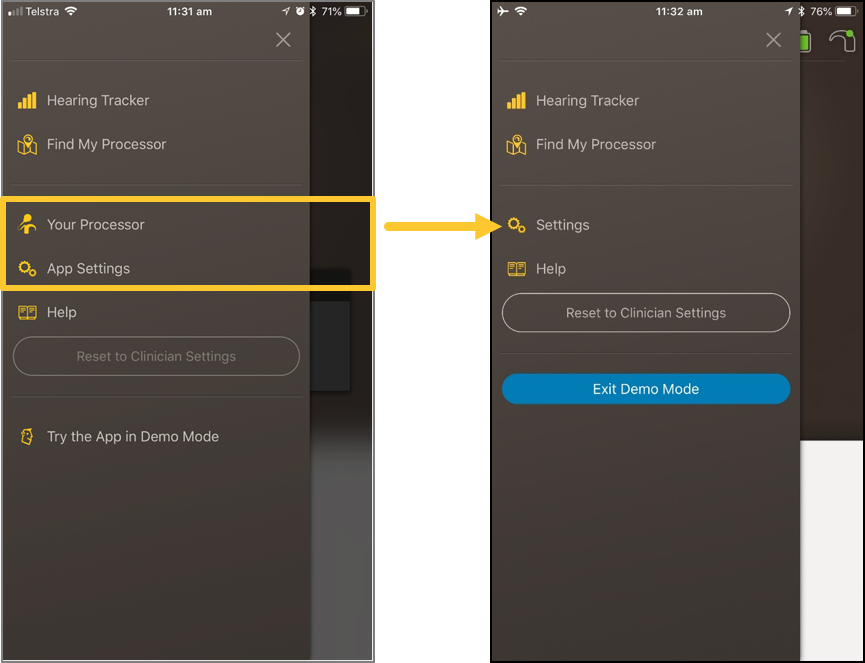
from #Audiology via ola Kala on Inoreader https://ift.tt/2NbdfP3
via IFTTT
OtoRhinoLaryngology by Sfakianakis G.Alexandros Sfakianakis G.Alexandros,Anapafseos 5 Agios Nikolaos 72100 Crete Greece,tel : 00302841026182,00306932607174


Publication date: Available online 2 September 2018
Source: Gait & Posture
Author(s): Tobias Weber, Sauro E. Salomoni, Dorothée Debuse, François Hug, Nick Caplan, Enrico De Martino, Jonathan Scott, Julie Hides, Paul Hodges
Publication date: Available online 2 September 2018
Source: Gait & Posture
Author(s): Takeshi Toyooka, Yukio Urabe, Shiro Sugiura, Akito Takata, Masanori Shinozaki, Yuka Takata, Tohru Ishizaki, Keita Nakamura, Kazumi Otsuki, Takato Oyama, Satoru Nishikawa
The single-limb stance with closed eyes has been widely used to evaluate chronic ankle instability as static balance; however, there was lack of consideration of whether difference in age, frequency of previous ankle sprain or physical ability influenced single-limb stance.
We hypothesized that the single-limb stance might not reflect subjective ankle instability and function on physical activity in people who perform sports activities.
In total, 102 high school basketball players were recruited to evaluate their physical performance at the beginning of the season. Participants were divided into five groups based on the frequency of previous ankle sprain. Karlsson ankle function score (K score) was considered as a subjective ankle function score, that was divided into various components. Each component and the single-limb stance test with center of pressure (COP) analysis was observed between the frequency of ankle sprains with one-way ANOVA and compared using Spearman’s rank correlation coefficient to verify the relationship between the K score and COP.
For COP parameters, no difference was observed in the history of ankle sprains. The K score was lower in participants with three previous ankle sprains than in those with a different number of ankle sprains for instability, stiffness, running, work activities, support, and total K score for all parameters. There were weak negative correlations (r = -0.19~-0.35) between K score and COP parameters among participants with no history of ankle sprain or only once. In contrast, there were strong positive correlations (r = 0.69~0.87) among history of ankle sprain at third.
The single-limb stance might not accurately reflect an athlete’s ankle instability and function on physical activity. Clinically, therapists should choose suitable evaluation tools depending on the athlete’s activity level to check for chronic ankle instability.
Publication date: Available online 2 September 2018
Source: Gait & Posture
Author(s): Tobias Weber, Sauro E. Salomoni, Dorothée Debuse, François Hug, Nick Caplan, Enrico De Martino, Jonathan Scott, Julie Hides, Paul Hodges
Publication date: Available online 2 September 2018
Source: Gait & Posture
Author(s): Takeshi Toyooka, Yukio Urabe, Shiro Sugiura, Akito Takata, Masanori Shinozaki, Yuka Takata, Tohru Ishizaki, Keita Nakamura, Kazumi Otsuki, Takato Oyama, Satoru Nishikawa
The single-limb stance with closed eyes has been widely used to evaluate chronic ankle instability as static balance; however, there was lack of consideration of whether difference in age, frequency of previous ankle sprain or physical ability influenced single-limb stance.
We hypothesized that the single-limb stance might not reflect subjective ankle instability and function on physical activity in people who perform sports activities.
In total, 102 high school basketball players were recruited to evaluate their physical performance at the beginning of the season. Participants were divided into five groups based on the frequency of previous ankle sprain. Karlsson ankle function score (K score) was considered as a subjective ankle function score, that was divided into various components. Each component and the single-limb stance test with center of pressure (COP) analysis was observed between the frequency of ankle sprains with one-way ANOVA and compared using Spearman’s rank correlation coefficient to verify the relationship between the K score and COP.
For COP parameters, no difference was observed in the history of ankle sprains. The K score was lower in participants with three previous ankle sprains than in those with a different number of ankle sprains for instability, stiffness, running, work activities, support, and total K score for all parameters. There were weak negative correlations (r = -0.19~-0.35) between K score and COP parameters among participants with no history of ankle sprain or only once. In contrast, there were strong positive correlations (r = 0.69~0.87) among history of ankle sprain at third.
The single-limb stance might not accurately reflect an athlete’s ankle instability and function on physical activity. Clinically, therapists should choose suitable evaluation tools depending on the athlete’s activity level to check for chronic ankle instability.